
Two Bias Choices
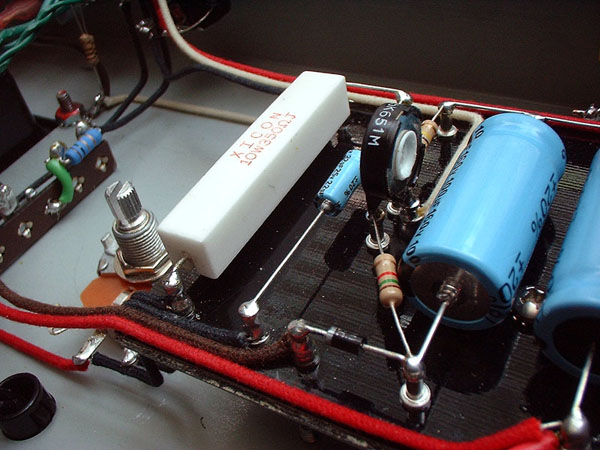
I've integrated the Hot Rod bias circuit and added an option for the more classic Cathode Bias scheme. The Adjustable-Fixed bias scheme works just like your Hot Rod did, and adds an ajdustable bias feature to a Blues Deluxe. Just measure the voltage at the 1ohm resistor to ground to read the cathode voltage from both tubes and do the bias math as you did in your Hot Rod.
With the cathode bias selection, I've added a 100 ohm/5 Watt pot in series after the cathode resistor, so you can adjust your cathode bias resistance from 350 - 450ohms for an even more custom feel. You can also swap out that resistor with a value of your choosing and have a 100ohm range to work with on top of that.
Tube Rectifier Simulated with a Weber Copper Cap Rectifier

The Hot Rod (and Blues) Deluxe power transformer does not have a center tapped B+ supply because it's designed for full-wave diode rectification. Since it's designed to work this way, there also isn't the 5V heater connection to operate a tube rectifier (which was standard in the Tweed-era Fender amps). While very efficient, diode rectification doesn't offer the feel that a tube rectifier does, so I chose to simulate the center tap and integrated a Weber Copper Cap Rectifier to accomplish some of the tube rectifier feel and sound.
The Weber Copper Cap Rectifier is a solid-state device that simulates the properties of a tube rectifier, but doesn't put the load on the transformers that the tube would. Extremely durable, they don't need to be replaced as often a tube rectifier would. I really like these! Check out Weber's website for more: www.tedweber.com
High Quality Components
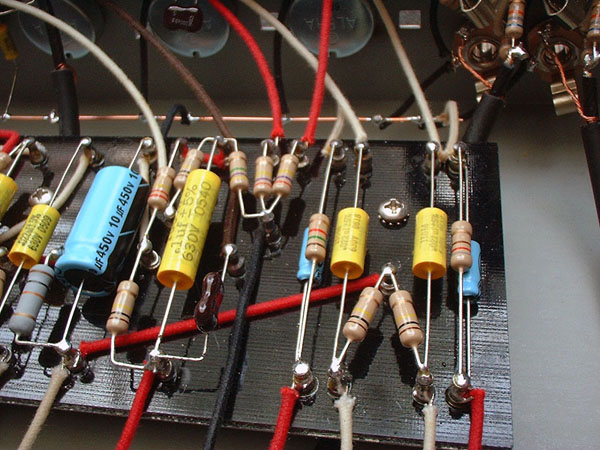
Name brand components throughout. Alpha pots, Xicon electrolytic capacitors, Mallory 150 capacitors, Xicon 1-Watt Carbon Film Resistors, Xicon Small Metal Oxide resistors, Switchcraft jacks, Cornell Mica-dipped capacitors, and Belton tube sockets are my favorite choices.
Also, if you prefer more high end components, or modified values, you can easily de-solder what you prefer for replacement later. The turrets are perfect for multiple component swaps.
Quality Materials
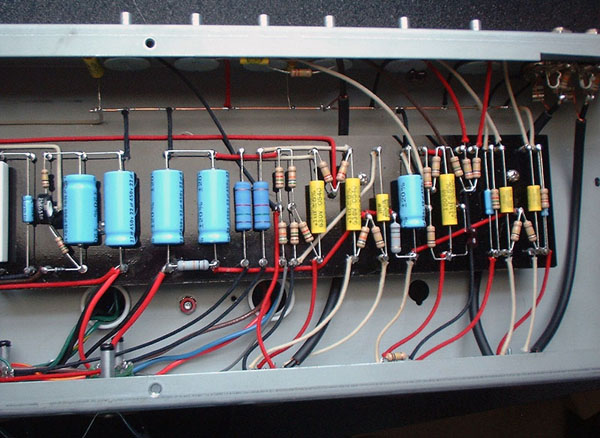
I choose quality materials. The circuit board material is 1/8 inch G10 Garolite fiberglass-epoxy; it will not warp or break. I also like solid core, cloth insulated wire for connections and I mount the board well up off the chassis.
Shielded Signal Inputs
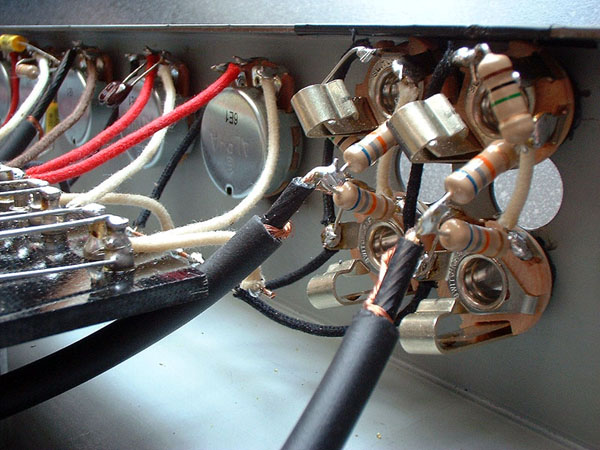
I use shielded cable for the input jacks and long runs to add to the protection against external signal interference.
Common Buss Grounding
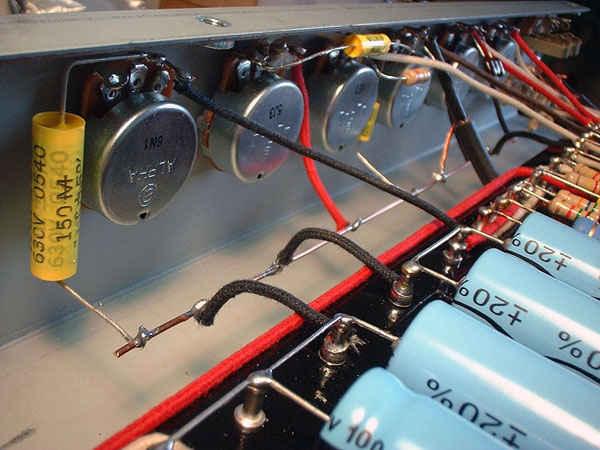
I prefer the ground buss approach to grounding. It keeps most grounds in easy view and access, removes the need for a brass grounding plate, and really works well.
How do you do all of this?
See how at the process page.
![]()
Interested in having this done to your Hot Rod or Blues Amp? Drop me a line!
tj@tjadamowicz.com
Back to Home Page